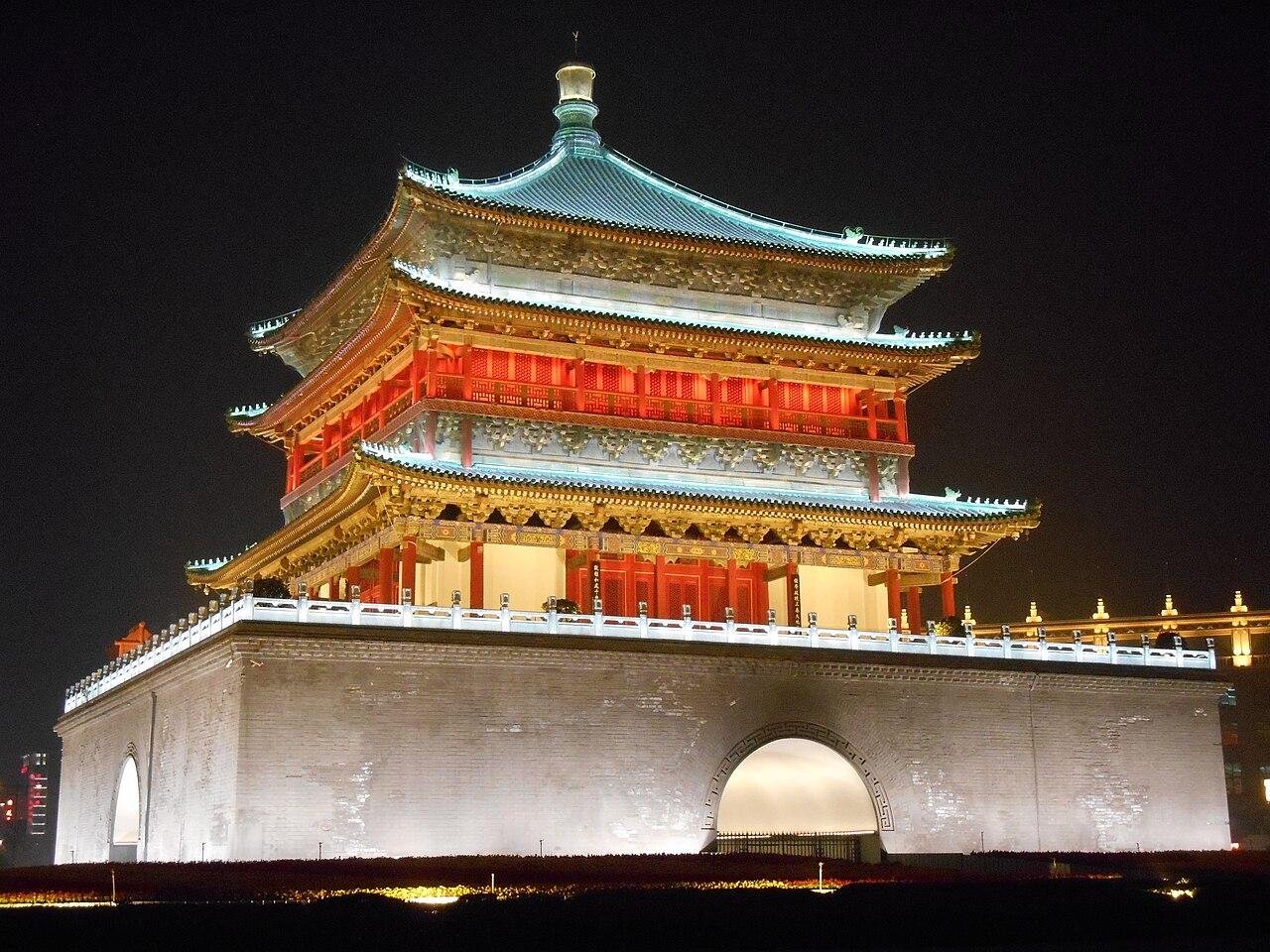Archaeologists in Xi’an, capital of Northwest China’s Shaanxi province, have unearthed three pieces of semicircular tiles dating back to the late Yangshao Culture period, China Daily reported.

These semicircular tile shards were discovered in the ruins of a semi-crypt house at the Matengkong site, which is located in Matengkong village in Yanta district and covers approximately 30,000 square meters.
These tile shards are all argillaceous orange pottery with clear cutting and processing marks and residual finger smear marks. Pottery fragments such as pots, bowls, jars, and rings, as well as tools such as pottery knives and stone knives, were also discovered in the semi-crypt house’s ruins.
In ancient China, semicircular tile was a necessary building material for higher-grade structures.
The discovery of tile ware from the late Yangshao Culture period provides important materials for the study of the origin and architectural history of construction materials of that era.
The Yangshao Culture, which dates back 5,000 to 7,000 years and originated in the Yellow River’s middle reaches, is considered an important stream of Chinese civilization.
It is well-known for its advanced pottery-making techniques.























